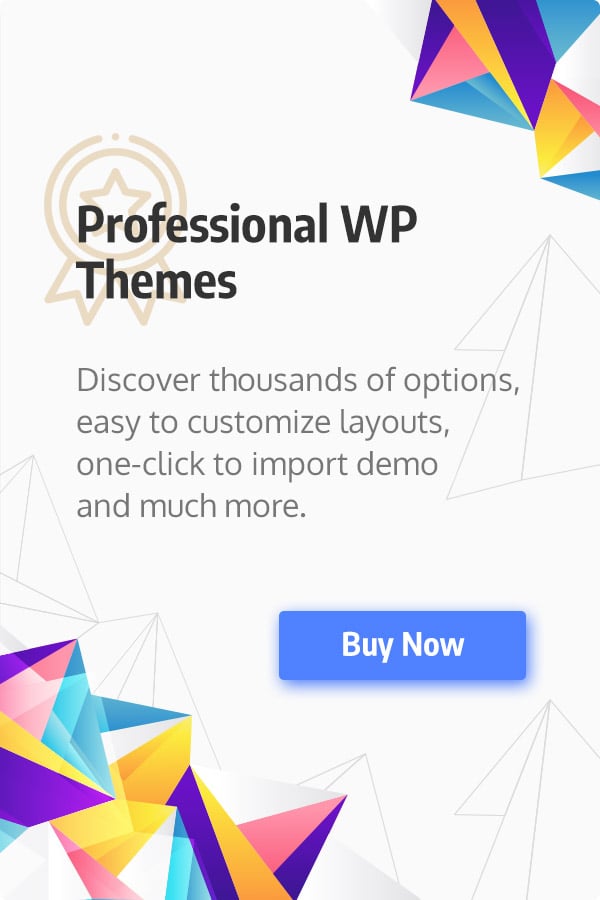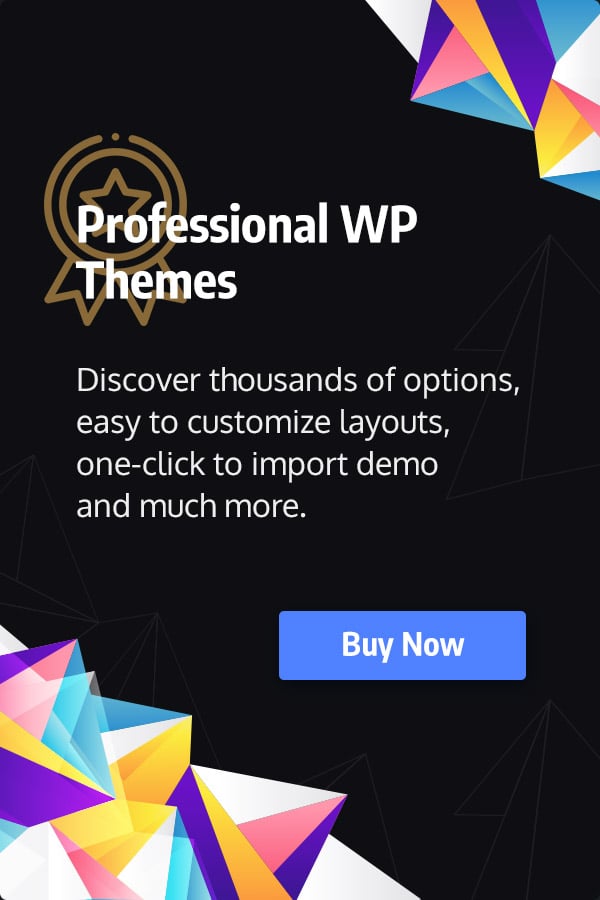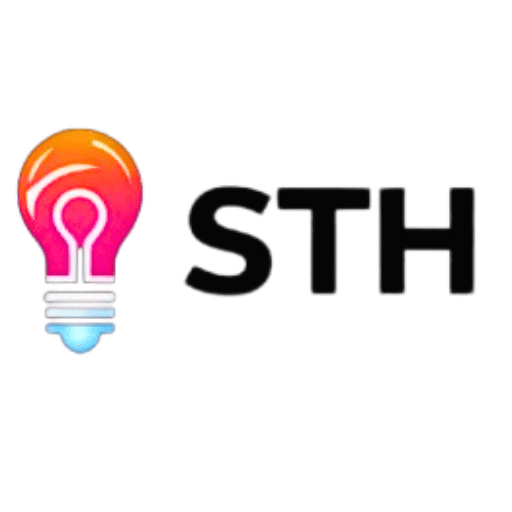When creativity and content largely form the basis of the current global economy, issues regarding how artists and content creators can make their work profitable are valid. Here are steps in Patreon, a relatively recent trailblazer that has shifted the whole paradigm when it comes to how creatives can engage with their fans and how they can monetize themselves. For many independent artists, writers, musicians, podcasters, and so on, Patreon has turned out to be a lifeline since its start in 2013.
The Genesis of Patreon
Jack Conte, a musician, and Sam Yam, a developer started Patreon. It came out of Conte’s own experience as a ‘maker.’ Even though he had built millions of viewers on sight like YouTube, he could not turn it into a steady income. Conte wanted the sort of system where the audience could pay for content consumption directly to authors, without relying on the inconsistency of ads. This idea turned into Patreon and it was a very powerful one of course.
About the Founders
Jack Conte is a singer, songwriter, producer, entrepreneur, and co-founder of Patreon. He is also one-half of the musical comedy YouTube duo Pomplamoose. The initial idea behind Patreon was born from Conte’s struggle and rascal of being an independent musician. Other than being a part of Patreon today, Conte continues to be actively engaged with creators, often addressing the effectiveness of recurring revenue within the inventive industries.
They said that Sam Yam, a developer and entrepreneur, was the man who provided the technical know-how to help Conte make his dream come true. Before acquiring Crossaki, Yam graduated from Stanford University and co-founded AdWhirl, a mobile ad network bought out by AdMob, now under the Google campus. Mozur’s prior experience either being in engineering or working in startups made him better placed to transform Patreon into a more scalable and resilient organization.

How Patreon Works
Fundamentally it is a way through which creators can monetize their work through providing patrons, the people who support, early and unique content. Such patronage is usually in the form of monthly pledges with levels that offer patrons different levels of access. Examples of rewards comprise access to limited content, detailed information about the production process, t-shirts, and hats, as well as Meet and greet options. This model strengthens the possibility for creators to focus on their appreciation of followers while avoiding any financial dependence.
Patreon, some facts worth knowing
Rapid Growth: Even from its inception, Patreon has been a source of funding creativity, helping creators earn more than $3.5 Billion.
Global Reach: Patreon operates in all regions, and currently, has creators from over 180 countries.
Diverse Creators: Engaging creators ranging from musicians, podcasters, and educators to gamers, Patreon has discovered its versatility.
Milestone Achievements: Just in 2021, Patreon achieved the substantive $4 billion market value, which ultimately pegged it as the relevant figure in the spheres of technologies and creators.
Community Impact: They have their office in San Francisco, and accommodate areas for creators where they can work together, as Patreon is focused on creativity and artists.
The stakeholders involved in the creation process of the products in the differentiated markets are the competitors in the Creator Economy.
While Patreon has pioneered the membership model for creators, it faces competition from several platforms that offer alternative solutions for monetizing content:
Substack:
Having been favored by independent writers, Substack enables individuals to create paid newsletters. Long-form content has attracted journalists, bloggers, and authors seeking to create communities of regular readers.
Ko-fi:
Ko-fi is designed for individuals who want one-time or a small sum of money regularly from their audience and are fine with the more casual setup than Patreon. It also has the choice of selling digital products without having to require the buyer to subscribe to your page.
OnlyFans:
Despite its flexible approach to the target audience, OnlyFans is most widely used by adult content creators. A few of them like those discussed below directly rival Patreon’s business model though with a heavy focus on video and photo content subscription.
Buy Me a Coffee:
Like Ko-fi, Buy Me a Coffee is also about micro-fundraising, but, as well as memberships and shop functionalities. However, it is especially actively used by users with relatively small projects who are in search of versatile ways to monetize content.
YouTube Memberships and Twitch Subscriptions:
These platforms have heavy core business system integration that includes monetization in a way that enables creators to use their audience base. These features include channel memberships and subscriber perks which make it incredibly easy to earn.
Gumroad:
Mainly designed as a platform for selling digital goods, Gumroad allows the authors to make money through selling such items as eBooks and online courses. It is not a direct competitor when it comes to memberships but because of its flexibility, it is often used by all kinds of creators.
Two: Increased Effectiveness for the Creator’s Economy
Patrons rely on Patreon to play an important role in the creator economy. Here’s why:
Financial Independence:
Direct support from fans allows for avoiding random fluctuations of ad revenue, outcomes of algorithms, or corporate sponsorship. This financial dexterity enables them to concentrate on their work.
Community Building:
Patreon helps bring creators closer to the audience. This way creators can build a community surrounding themselves, and give special privileges to the most devoted audience. it directly leads to better attention and commitment This direct relationship often leads to increased sales and loyalty.
Diversified Revenue Streams:
The idea is that for each creator there must be several streams of income. Patreon is yet another source of income that goes hand in hand with incomes from such services as YouTube, Twitch, or Spotify. It provides creators with some form of insurance against one day losing a major platform or a major source of income.
Creative Freedom:
The model used by Patreon differs from other media models as it provides the opportunity for creators to make content without standards and deadlines. It fosters creativity and people’s true selves – or at least their online true selves – can truly shine.
Success Stories

I have discussed that numerous creators have been extremely successful at Patreon. For example:
A good example of an artist who has employed Patreon to support her work and at the same time, interact with her audiences is Amanda Palmer- a musician and performance artist. Her way shows that the platform empowers artists and involves them in creating actual relationships.
A currently trending YouTube collective called Try Guys successfully uses Patreon to share more content with their fans and show how they create video content. Their success proves that the platform helps increase and improve fan interaction on the related social network.
Science Vs, the show explaining myths and misconceptions, has to rely on Patreon to stay unfettered by advertisers and create top-tier episodes. This sums up Patreon’s position in providing funds to educational and informative producing.
Obstacles and their Issues
Patreon’s journey to the top has not been without difficulties. Key issues include:
Charge Alterations:
Over the years, well-chronicled criticisms of Patreon’s fee structure have emerged. Some creators believed these almost always changed fees affected their income and over time, they moved to alternative platforms. But for the creation of new services efficiency, predictability and trust in the cost structure are essential prerequisites.
Reliance on a platform:
Shelter provided by Patreon is comforting but complete reliance on one provider is dangerous. Any changing factors in policies, technical problems, or even public attitude can greatly affect a creator’s earnings. Quite often such variances in recommendations are suggested.
Increased Competition:
As new platforms emerge every other day, for instance, Substack, Ko-fi, Only Fans, etc, creators have a lot of alternatives to choose from. It will be difficult for Patreon to adopt a strategy of only changing the affiliation of the client to remain in use for the anchor client base.
Content Control System:
Patreon has to deal with some pretty specific issues about content moderation whilst scaling. The main question across these providers is: Compliance with the law, ethics, and sufficient creative freedom.
Patreon’s Road Ahead
Looking at the bigger picture, it appears that the verticals related to the creator economy will become a focus area for Patreon moving forward. Some of them are:
Advanced Tool Set and Analytics:
Giving them insights into how their audience behaves and engages can come in handy for creators to improve their products as well as acquire a broader audience base.
Wider Global Reach:
Enhancing the modes of payment and tailoring offerings according to the patrons and creators across the globe will further help increase its reach.
Integrations and Partnerships:
Offering the services together with the other apps and tools that creators are already using, for example, merchandising and content production tools, will benefit the Patreon environment.
Sustainability Initiatives:
Working with climate-aware creators and creating an ecology-oriented business policy could get traction among the more advanced segment of the audience of the platform.
One cannot dispute the fact that the activity of the platform in question allows creators to have an opportunity to pursue their creative work. Coordinating changes with the times guarantees that the platform stays relevant for a great variety of creators and artists worldwide. The expansion of the platform will enable even more borderless creativity while transforming the creator economy for the better.











